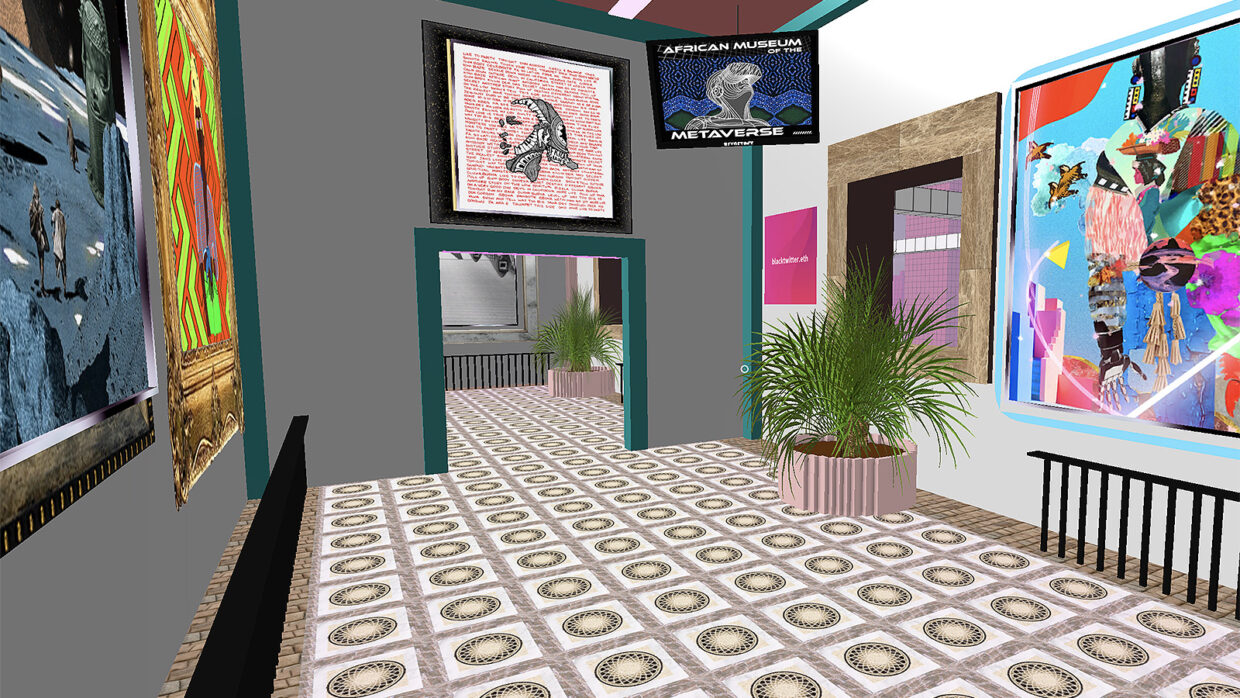In the ever-evolving digital landscape, one question looms large: Are NFTs on a terminal decline, or are we merely witnessing the deflation of the most hyped ones?
The recent court ruling in New York against Mason Rothschild, a digital creator from California, has ignited a fresh debate about the future of NFTs. Rothschild was found guilty of deceiving consumers with his MetaBirkins NFT collection, which bore a striking resemblance to the iconic Birkin bags by French fashion house Hermès. This case, which ended with Rothschild’s creations generating $1.1 million in sales before the court’s intervention, sets a significant precedent for intellectual property law in the NFT realm and delivers another blow to an industry already grappling with challenges.
Once touted as the key driver of the metaverse, NFTs have hit a rough patch. The largely unregulated NFT space is contracting due to issues such as forgery, theft, market saturation, and a lack of clear use cases. Consequently, investors are losing faith in a sector that was once heralded as a revolutionary force in art and a potent weapon against counterfeiting.
A report by blockchain analyst Elliptic last August revealed that over $100 million worth of NFTs had been stolen since July 2021. This figure, however, is dwarfed by the single theft of $500 million from the NFT-based video game Axie Infinity in March 2022.
Furthermore, data from crypto sites The Block and CryptoSlam showed a staggering 90% plunge in NFT trading volumes in the 12 months leading up to October 2022. A May 2023 report by global digital assets management platform Galaxy indicated a continued decline in daily NFT trading volumes over the previous three months.
Despite these setbacks, the NFT community remains optimistic. Many believe that once crypto gains are realized, those funds will flow back into the NFT markets. History suggests that when the market recovers, it’s usually new projects that reap the benefits, while most existing projects are left in the dust. This dynamic could explain why big-name projects like Moonbirds, Doodles, and CloneX are trading for under 2 Ether, and why Bored Ape Yacht Club (BAYC) is facing its biggest test to date, with floor prices reaching as low as 33 ETH last week.
In this context, the launch of Azuki’s new collection, Elementals, stands out. Despite being the biggest NFT drop of the year so far, it raised $38 million worth of Ethereum in just 15 minutes, selling out all 10,000 NFTs during the broader presale window. However, the release was not without its challenges. Many eager buyers, who were holders of Azuki or BEANZ NFTs, expressed their frustration over the minting experience. Some attributed their inability to obtain an Elemental NFT to technical issues on the minting platform, while others bemoaned the short minting window.
The Rothschild case underscores the need for regulation and consumer protection in the NFT space. As the industry matures, we’ll likely see a shift away from the wild west of the early NFT market towards a more structured environment. This could lead to a decline in the hype and inflated prices, but it could also pave the way for more sustainable growth and innovation in the long term. The success of Azuki’s Elementals drop, despite the challenges faced by buyers, indicates that, while the hype around certain NFTs may be fading, there is still potential for significant growth and innovation in the broader market.



